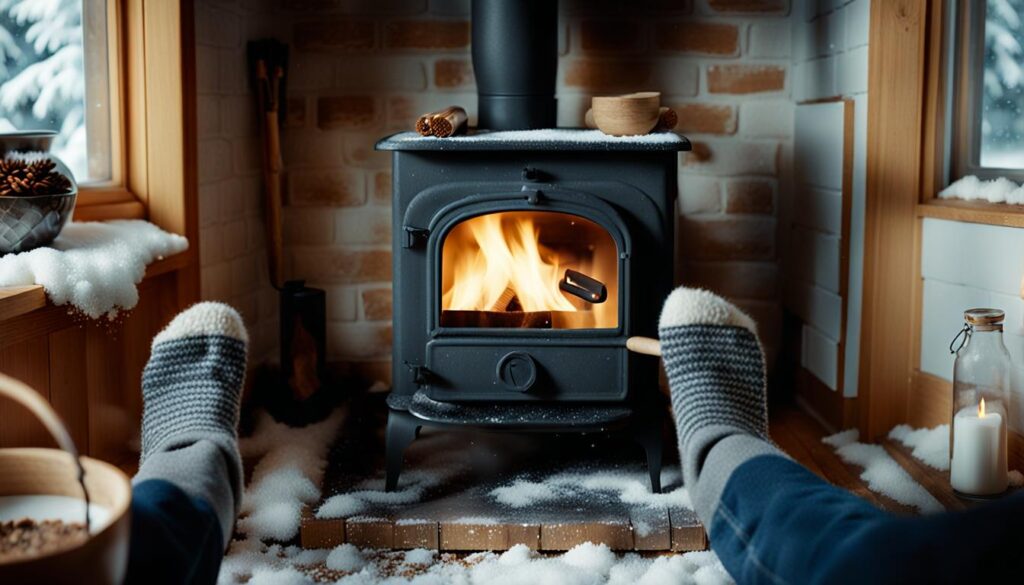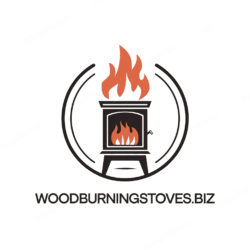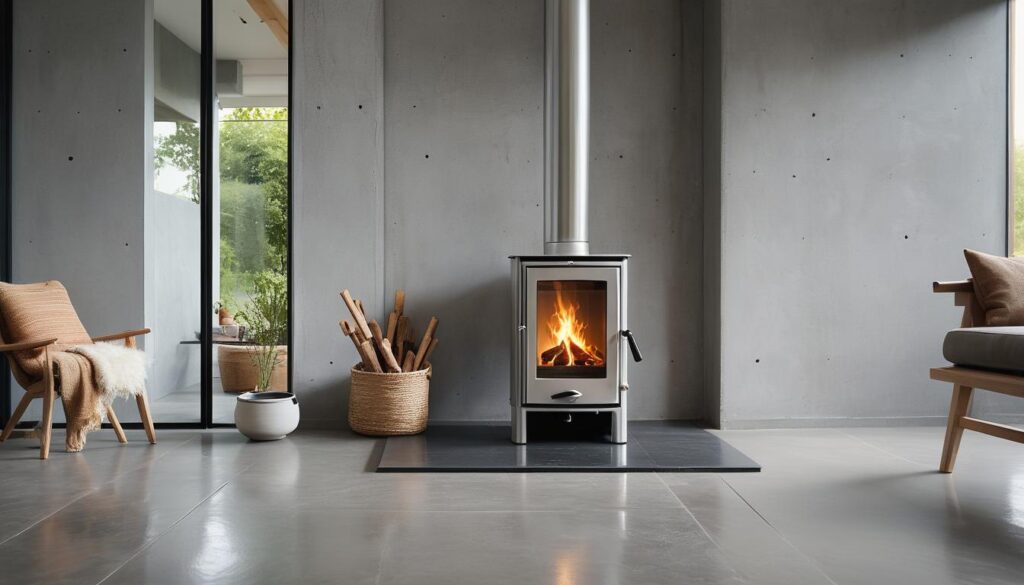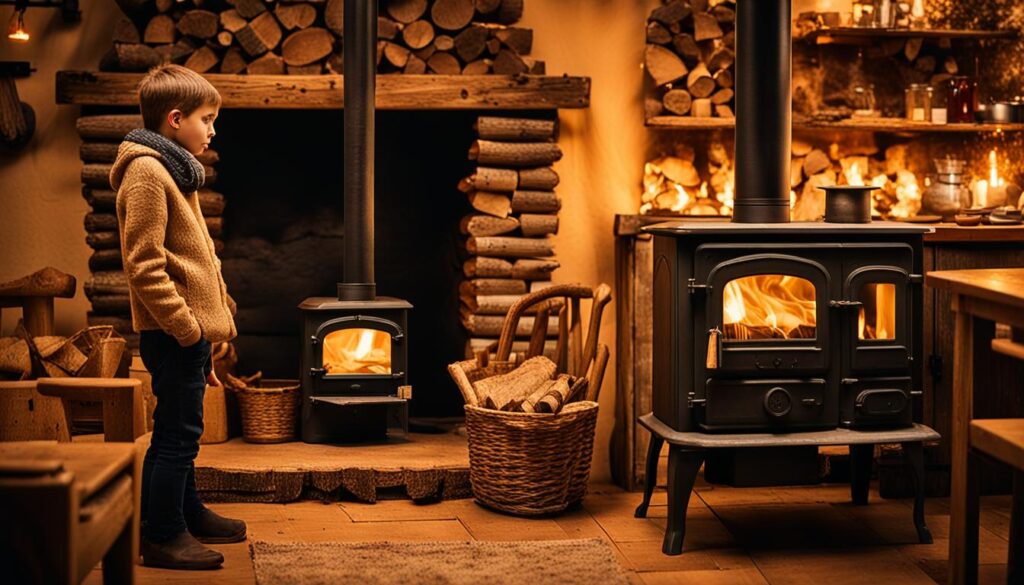
Stay Warm, Save Big: Unlock Your Wood-Burning Stove’s Full Potential
As winter’s chill sets in, a wood-burning stove can be a cozy and cost-effective way to warm your home. However, without the right techniques, you might be letting efficiency go up in smoke. In this post, we’ll delve into the top heating hacks to boost your wood-burning stove efficiency, ensuring you stay snug while saving on fuel and maintenance. Get ready to master the art of wood-burning stove optimization!
Understanding Wood-Burning Stove Efficiency
Before we dive into the hacks, it’s essential to grasp what makes a wood-burning stove efficient. Key factors include:
- Proper Installation
- Regular Maintenance
- Optimal Wood Choice
- Effective Operation
Heating Hacks for a More Efficient Wood-Burning Stove
1. Season Your Firewood for Superior Burn
- Why: Seasoned wood has lower moisture content, burning more efficiently and producing less smoke.
- How: Store wood for at least 6 months, covered, with airflow. Aim for moisture levels below 20%.
2. Master the Art of Stove Damper Control
| Damper Position | Effect |
|---|---|
| Fully Open | Maximum airflow for quick ignition and strong flames |
| Partially Closed | Balanced airflow for efficient burning and moderate heat output |
| Fully Closed | Minimum airflow for overnight burning or when not in use (reduces heat loss) |
- Tip: Experiment to find the sweet spot for your stove model and heating needs.
3. Maintain Your Stove like a Pro
- Daily:
- Clean the glass door for better visibility.
- Ensure proper ash removal.
- Weekly:
- Inspect and clean the chimney (or schedule a professional cleaning annually).
- Monthly:
- Check and replace the stove’s gaskets if necessary.
4. Opt for the Best Wood Types for Efficiency
When choosing wood for your wood-burning stove, opt for hardwoods known for their high density and low moisture content. These woods burn longer, produce more heat, and create less ash. Popular choices include oak, maple, hickory, and beech. Avoid softwoods like pine, as they burn quickly, produce less heat, and can clog your chimney with creosote. Remember to season your wood properly to ensure optimal burning efficiency and minimize smoke emissions.
| Wood Type | Characteristics | Recommendation |
|---|---|---|
| Hardwoods | ||
| Oak | Slow to season, burns slowly, excellent heat output | Ideal for long-lasting fires |
| Ash | Burns well even when green, steady flame and good heat | One of the best woods for burning |
| Beech | Requires seasoning for up to 3 years, good heat output | Reliable choice for consistent performance |
| Birch | Burns quickly, can be burned unseasoned | Best mixed with slower-burning woods |
| Cherry | Burns slowly with pleasant aroma, needs seasoning | Great for cozy fires in winter |
| Hawthorn | Burns well with good heat output and little smoke | Excellent choice if available |
| Softwoods | ||
| Cedar | Burns well with pleasant smell, produces lasting heat | Good for kindling or mixing with hardwoods |
| Pine | Burns quickly, can spit; best as kindling or mixed with hardwoods | Not ideal as primary fuel due to resin content |
| Spruce | Burns quickly, produces low heat; better for starting fires | Use sparingly or mixed with hardwoods |
- Tip: Mix hardwoods for a balanced burn. Avoid softwoods for primary burning.
5. Insulate and Seal Your Home for Maximum Retention
- Why: Reduce heat loss to get the most out of your wood-burning stove.
- How:
- Inspect and seal drafts around windows, doors, and any gaps.
- Consider adding insulation to your attic, floors, or walls if necessary.
Putting it All Together: Your Path to Wood-Burning Stove Efficiency
- Monitor and Adjust: Keep an eye on your stove’s performance, making adjustments as needed.
- Combine Hacks: Implementing multiple tips simultaneously amplifies their benefits.
- Stay Informed: Regularly check for updates on wood-burning stove technology and best practices.
Conclusion
Transforming your wood-burning stove into an efficiency powerhouse isn’t rocket science, but it does require a bit of know-how. By incorporating these heating hacks into your daily routine, you’ll not only enjoy a warmer, cozier home this winter but also reap the rewards of reduced wood consumption and lower utility bills. Happy burning! Discover more Tips in our WBS 101
Call to Action:
Share your favorite wood-burning stove efficiency tip in the comments below! Got a question about optimizing your stove? Ask away, and our experts will be happy to assist.


